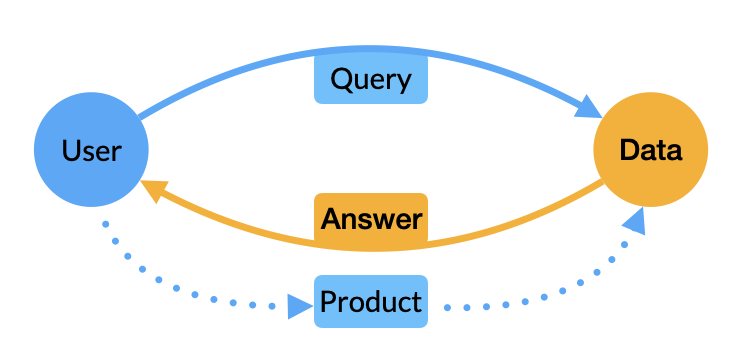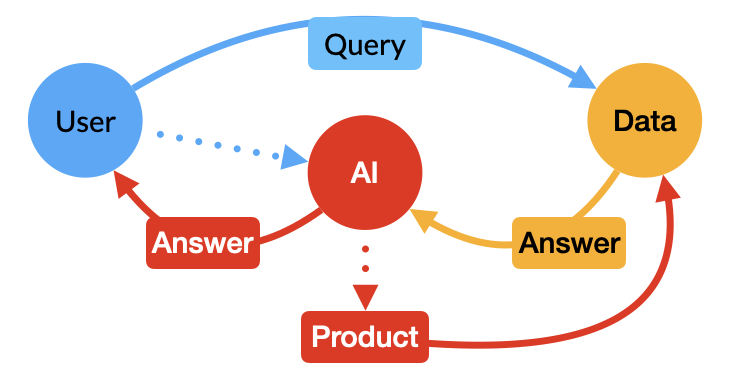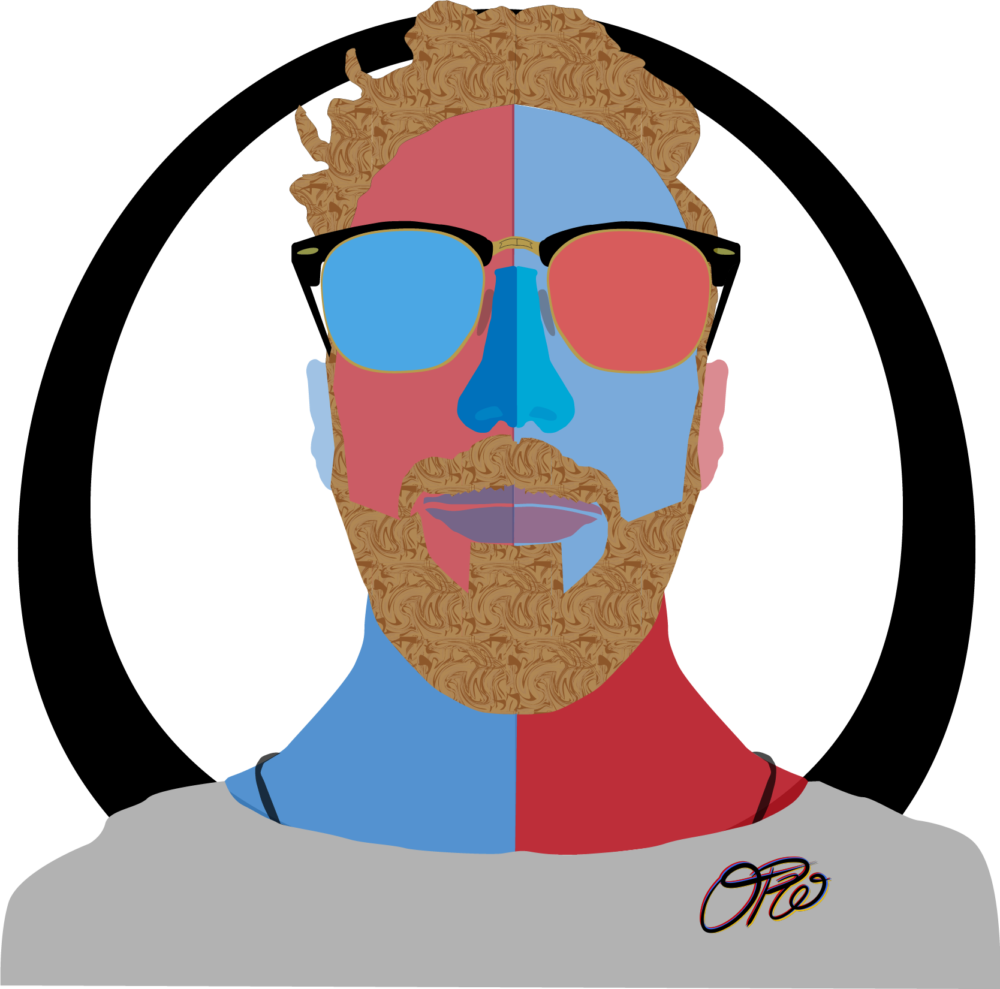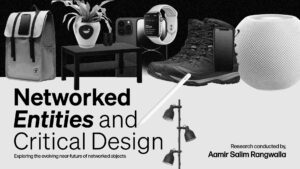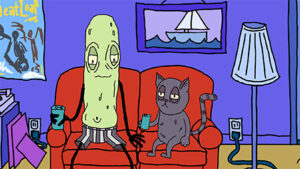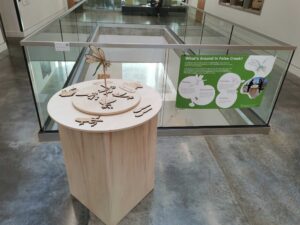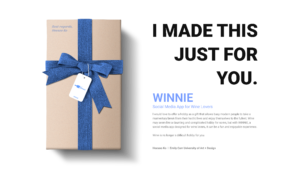Design Daemon
Oliver Perel-Winkler
Context
Designers and artists have used technologies to develop their skills and expand the possibilities of what they can create. From the camera obscura, the invention of photography, typewriters, or spellcheck, adopting new technologies has often been slow and criticized by the artistic community.
These advancements were sometimes seen as shortcuts or threatening to their creative practice.
With the rise of advanced hardware and software, new tools have become commonplace, artificial intelligence (AI) is the latest iteration of design tools to face this scrutiny, and for good reason.
As designers we should always be adapting to, and potentially adopting, new tools into our practice. We should see these AI advancements for what they are – tools to help improve workflow and open a world of new possibilities. However, like any technology, they require evaluation and refinement before they are truly ready to be infused into the artistic world.
Critique
This is a speculative project on how the advancement of AI tools will affect the workflow of future designers and artists.
At the moment, AI tools are democratizing and devaluing specialized skills that took designers and artists years to develop. Combined with the unlicensed use of training data, AI needs to take an ethical shift.
These models are advertised as Artificial Intelligence when they are more simply automated functions. Many, such as ChatGPT run off a similar language model to a mobile phone’s predictive text. That is why they still require human intervention to ensure accuracy. Similarly, generative “AI” that creates art and designs still require a designer or artist at the helm to get high quality, long-lasting results.
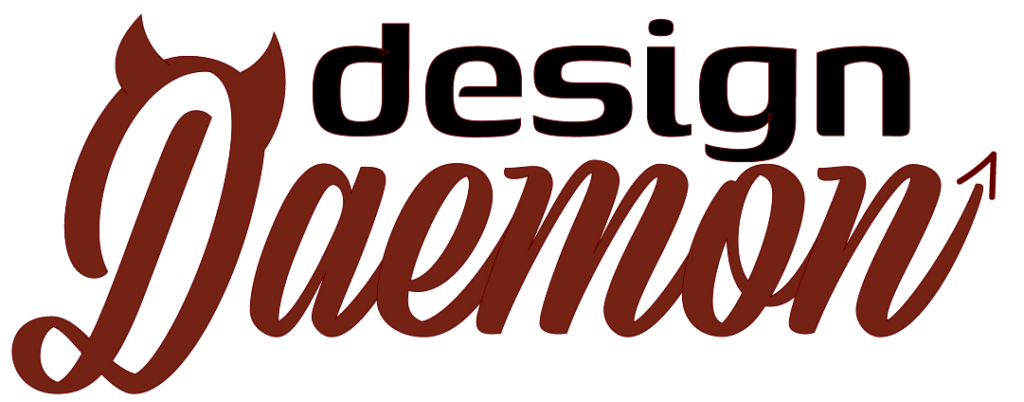
Design Daemon is an application developed to give designers and artists the ability to create freely with the choice of how much automation they want in their work. Users can switch from using free hand drawing tools and simple shapes, to a design assistant, all the way to fully automated creations.
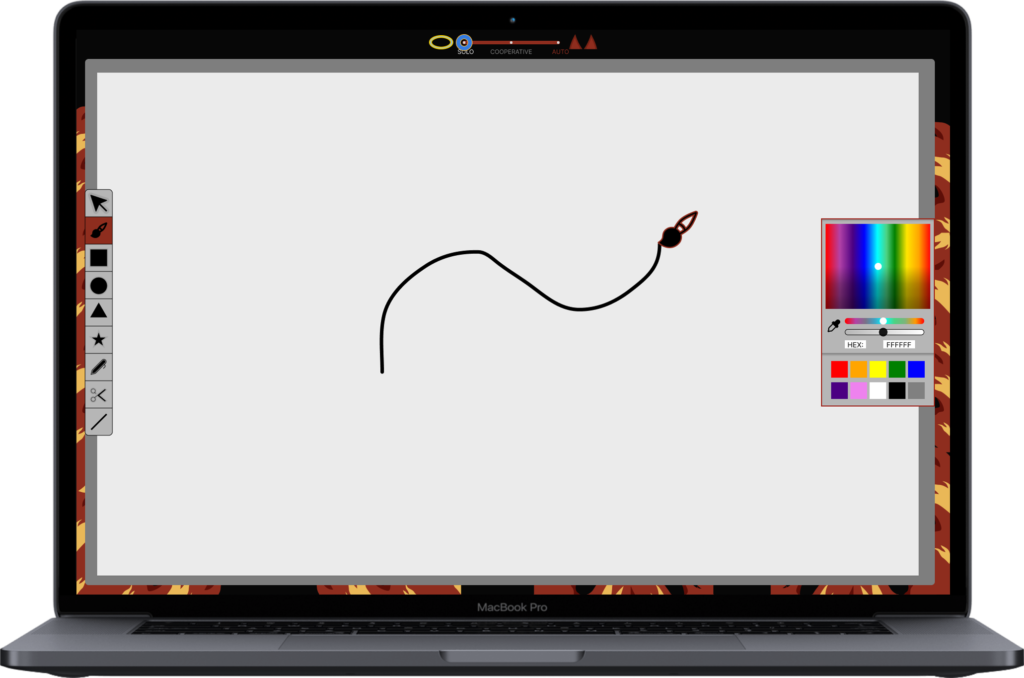
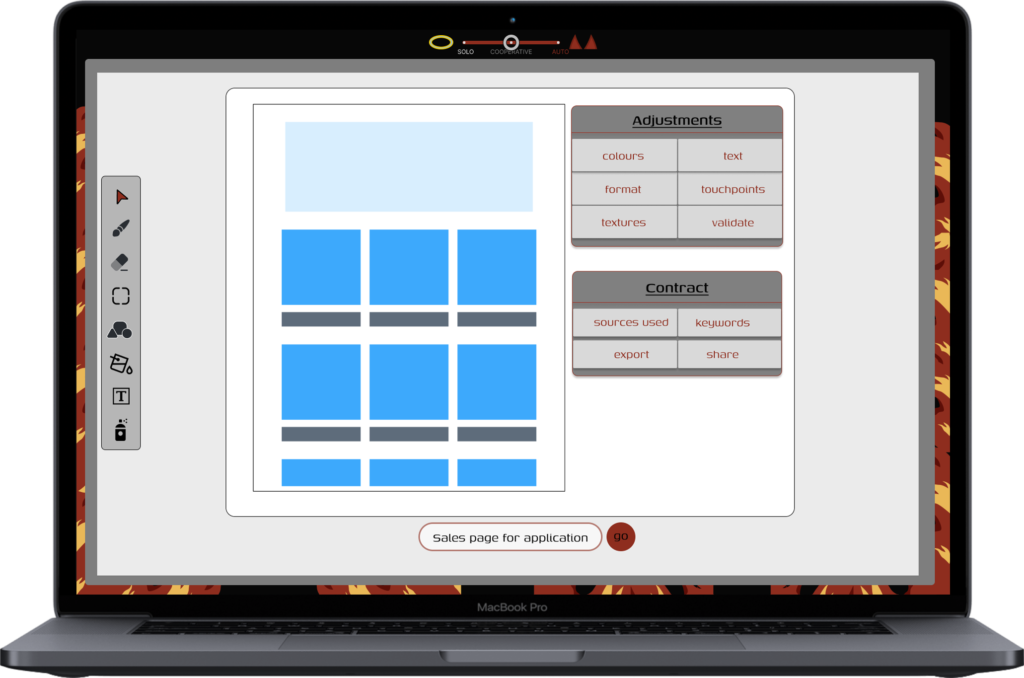
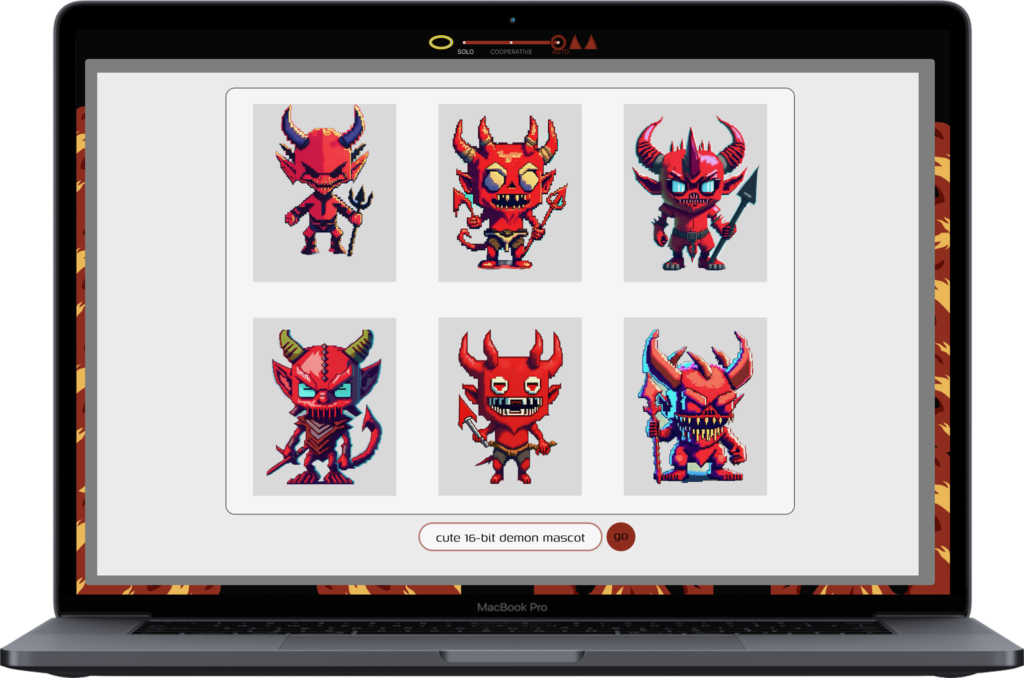
Design Daemon was created with the insight from artists and designers from a variety of disciplines. Incorporating tools that allow for more minute adjustments on automated works, allowing users to validate designs so users can have some understanding of how their work may be perceived.
The difference is that Design Daemon does not use AI, or datasets from anyone that has not “agreed” to it. Instead, it harnesses the its powers from the souls of the dead – specifically artists and designers of times past. And a few present, that have offered their work…for compensation of course!
Because wouldn’t you rather trust the devil you know?
User Testing
As more and more AI tools were being released, they have been a big topic of discussion beyond the art and design world. As these tools worried the artistic community for potential loss of work, I tested these tools with non-designers. After demonstrating the designs created with my class, we were able to conclude that the artistic community is not being replaced.
Initially I set out to create an AI assistant to help with menial or time-consuming tasks for designers. However, only months into my work, this idea from the distant future was quickly becoming a reality. I had multiple iterations of apps that had different functionality, including an attempt at a web-based drawing program.
Once I was able to see beyond the utility, and instead see the harmful potential behind AI tools I decided to pivot once more to critique these programs for their poor ethics, and false advertising.
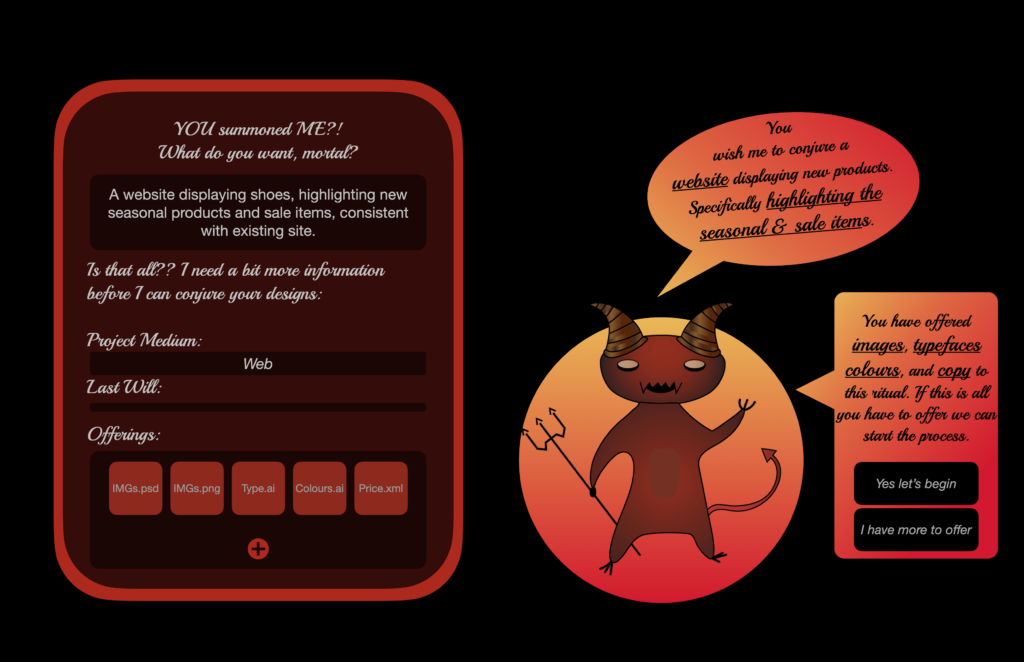
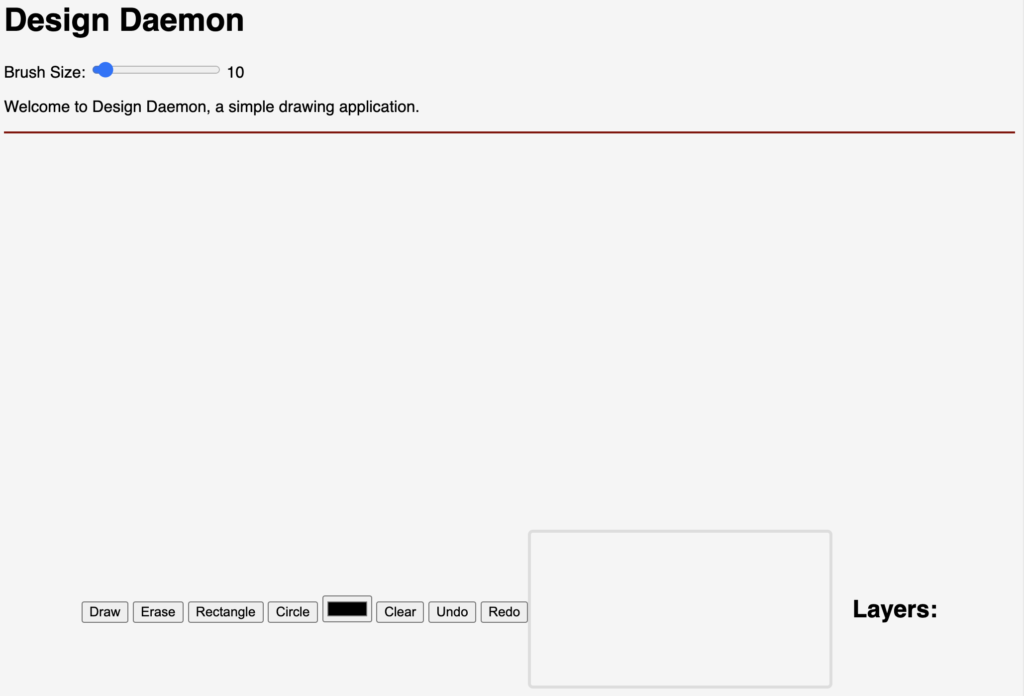
AI Cannibalization
Since the start of this project in September 2022, there was a massive boom in AI generative tools. While researching the affects of tools I came across a paper titled “On the Dangers of Stochastic Parrots: Can Language Models Be Too Big?” By Emily Bender, Timnit Gebru and others.
The paper explains how the current use of AI Language models shouldn’t be used as search engines. As these models do not actually determine the validity and reputability of a source, instead it repeats back information from its training data.
This parroting can convince humans of intelligence through a psychological phenomenon whereby we assume similar intelligence to ourselves based on the perceived ability to form conscious thought.
Further to this we are enabling a cycle that removes the element of creating something new that no one has thought of or seen before.
